Home>Ideas and Tips>Smart Light Bulb Color Temperature and How to Adjust for Time of Day
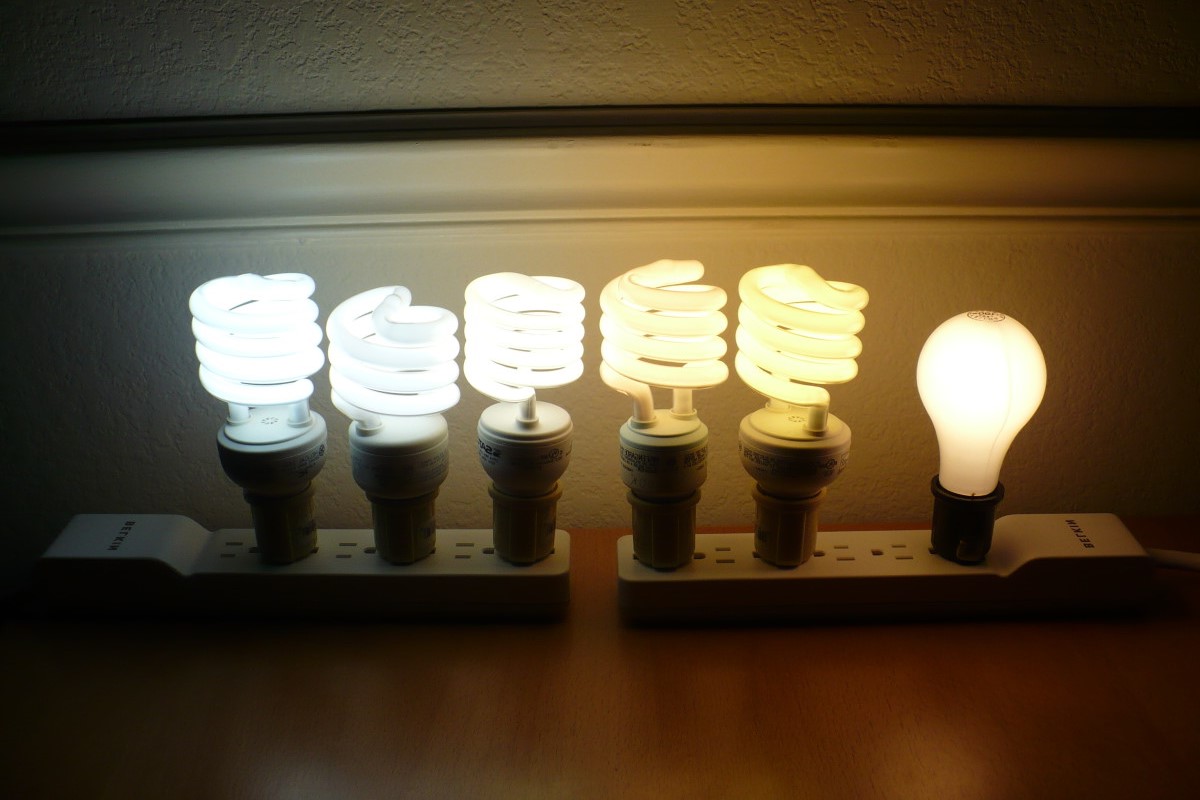

Ideas and Tips
Smart Light Bulb Color Temperature and How to Adjust for Time of Day
Published: September 2, 2024
Discover how smart light bulbs can adjust color temperature based on the time of day to enhance your home's ambiance, mood, and productivity.
(Many of the links in this article redirect to a specific reviewed product. Your purchase of these products through affiliate links helps to generate commission for Storables.com, at no extra cost. Learn more)
Introduction
In today's world of smart home technology, one of the most exciting advancements is the ability to adjust the color temperature of light bulbs based on the time of day. This feature not only enhances the aesthetic appeal of your home but also significantly impacts your mood and productivity. Adjusting the color temperature of your smart light bulbs based on the time of day is a powerful tool for enhancing both the aesthetic appeal and functionality of your home. By understanding how color temperature works and using the right smart home solutions, you can create a more dynamic and responsive lighting environment that adapts to your needs throughout the day. Whether you're looking to boost productivity in the morning or promote relaxation in the evening, smart lighting technology offers a versatile solution that can be tailored to your specific needs.
What is Color Temperature?
Before diving into the specifics of adjusting color temperature, it's essential to understand what color temperature is. Color temperature, also known as correlated color temperature (CCT), refers to the measure of a light's appearance in Kelvin (K). The scale ranges from 1,000K to 10,000K, with different temperatures producing different hues of white light.
- Warm White: Typically ranges from 2000K to 3000K, emitting a soft, cozy glow often associated with incandescent bulbs.
- Cool White: Ranges from 3100K to 4500K, producing a brighter, more energizing light commonly found in LED bulbs.
- Daylight: Falls between 4600K and 6500K, mimicking natural daylight and providing high visibility.
Understanding these ranges is crucial for selecting the right light bulbs for various environments in your home. For instance, warm white light is perfect for creating a relaxing atmosphere in your living room, while cool white light is ideal for task-oriented spaces like the kitchen or home office.
How to Measure and Identify Color Temperature
Measuring color temperature is straightforward once you know the basic range of each grouping. Here’s a quick guide:
- Candlelight: The lowest color temperature, around 1,000K.
- Incandescent Bulbs: Typically around 2,700K.
- LED Bulbs: Can range from cool white (around 4,000K) to daylight (around 6,500K).
For example:
- If your light bulb emits a cool white glow, it is likely somewhere between 4,100K and 5,000K.
- If your light bulb emits a soft white light, it will fall somewhere between 2,700K and 3,500K.
Knowing how to measure and identify color temperature helps you make informed decisions when choosing light bulbs for different areas of your home. You wouldn't want to use a daylight bulb in your bedroom, as it might be too harsh and disrupt your sleep.
When is Color Temperature Important?
Color temperature is important in various aspects of home improvement, particularly in lighting design. Here are some scenarios where color temperature plays a significant role:
Relaxation vs. Focus
Warm light tends to be relaxing and calming. It is best used in places where you want to rest and recover from the stresses of the day. Cool white light, on the other hand, is better for creating a focused environment. These are generally best used in workplaces or schools.
Read more: How To Color A Light Bulb
Specific Environments
- Bedrooms: Warm white light (2000K-3000K) is ideal for bedrooms as it promotes relaxation and sleep.
- Bathrooms: Soft white light (2700K-3500K) is suitable for bathrooms to create a calming atmosphere.
- Dining and Living Rooms: Warm white light (2000K-3000K) enhances the ambiance and makes the space feel cozy.
- Outdoor Patios: Dimmable LED lighting with a warm color temperature can create a welcoming outdoor space.
- Work Environments: Cool white light (3100K-4500K) is best for kitchens, basements, attics, and garages where focus is required.
- Wine Cellars: Warm-colour temperature dimmable LED lighting is recommended for wine cellars to maintain the desired effect.
Daylight Bulbs
Daylight bulbs, which measure between 4600K and 6500K, work similarly to natural sunlight. These bulbs are dazzling and should not be used in places where you will remain for long periods unless there is no natural light available. For example, garages or basements are good places to use daylight bulbs for security and visibility.
How to Change Your Lights According to the Time of Day
Adjusting your smart light bulbs according to the time of day can be achieved through various methods and devices. Here are some practical steps:
Using Smart Light Apps
Most smart light bulbs come with apps that allow you to change the color temperature based on time. For instance:
- Philips Hue: The Philips Hue app offers Lab Formulas that can adjust lighting to match different intervals of the day. The Sunset to Sunrise formula and Time-based Light formulas are particularly useful for this purpose.
- Lutron Aurora: This system keeps the power to your smart lights on even when they have been physically turned off, ensuring that the routines or lab formulas you set up will still work.
Read more: How To Connect Smart Light Bulb
Automation Rules
Automation rules can be set up in various smart home systems to adjust color temperature based on time:
- SmartThings: You can create automation rules using SmartThings that change the color temperature of your lights at specific times of the day. For example, you can set up rules to change from cool white (4100K-5000K) during the day to warm white (2700K-3500K) at night.
- Home Assistant: Home Assistant has integrations like Flux and Adaptive Lighting that allow you to automate color temperature changes based on time.
Manual Adjustments
If you prefer manual adjustments over automation, you can simply change the color temperature settings in your app or device:
- Philips Hue App: You can manually adjust the color temperature using the Philips Hue app by selecting different Kelvin values.
- Smart Light Devices: Many smart light devices allow manual adjustments through their respective apps or voice assistants like Alexa or Google Assistant.
Practical Applications
Adjusting color temperature based on time can have several practical applications in enhancing your daily routine:
Morning Routine
Starting your day with bright, cool white light can help increase alertness and productivity. This is especially useful if you have trouble waking up in the morning.
Read more: How To Reset A Smart Light Bulb
Evening Routine
Transitioning from cool white to warm white light as the day winds down can help signal relaxation and prepare your body for sleep.
Chromotherapy
Chromotherapy or color therapy suggests that different colors can affect mood and behavior. For example:
- Orange: Great for studying, concentrating, and relaxing.
- Dimming Lights: Dimming lights in kids’ rooms can help them relax and prepare for sleep.
Smart Home Solutions
Several smart home solutions offer features that allow you to adjust color temperature based on time:
ESP8266/ESP32 Based Wi-Fi Bulbs
These bulbs can be flashed with firmware like ESPHome or Tasmota, providing fine control over scheduled events and gradual color changes.
Home Assistant Integrations
Home Assistant has integrations like Flux and Adaptive Lighting that can automate color temperature changes based on time.
Smart Light Devices
Devices like Philips Hue and Lutron Aurora offer advanced features for adjusting lighting based on time through their respective apps and automation rules.
References
- LampTwist Blog: "Light Bulb Colour Temperature" provides detailed information on what color temperature is and how it affects lighting.
- SmartThings Community Forum: Discusses automation rules for changing color temperature based on time using SmartThings.
- Reddit Home Automation: Users share their experiences and solutions for automatically changing color temperature throughout the night.
- Homeowner.com: Explains how smart lights can enhance the time of day by adjusting color temperature accordingly.
- GitHub Spark-Joy: Provides resources on color theory and data visualization which can be applied to smart lighting systems.
By integrating these concepts into your home improvement strategy, you can create a smarter, more responsive living space that adapts seamlessly to your daily routine.
Was this page helpful?
At Storables.com, we guarantee accurate and reliable information. Our content, validated by Expert Board Contributors, is crafted following stringent Editorial Policies. We're committed to providing you with well-researched, expert-backed insights for all your informational needs.
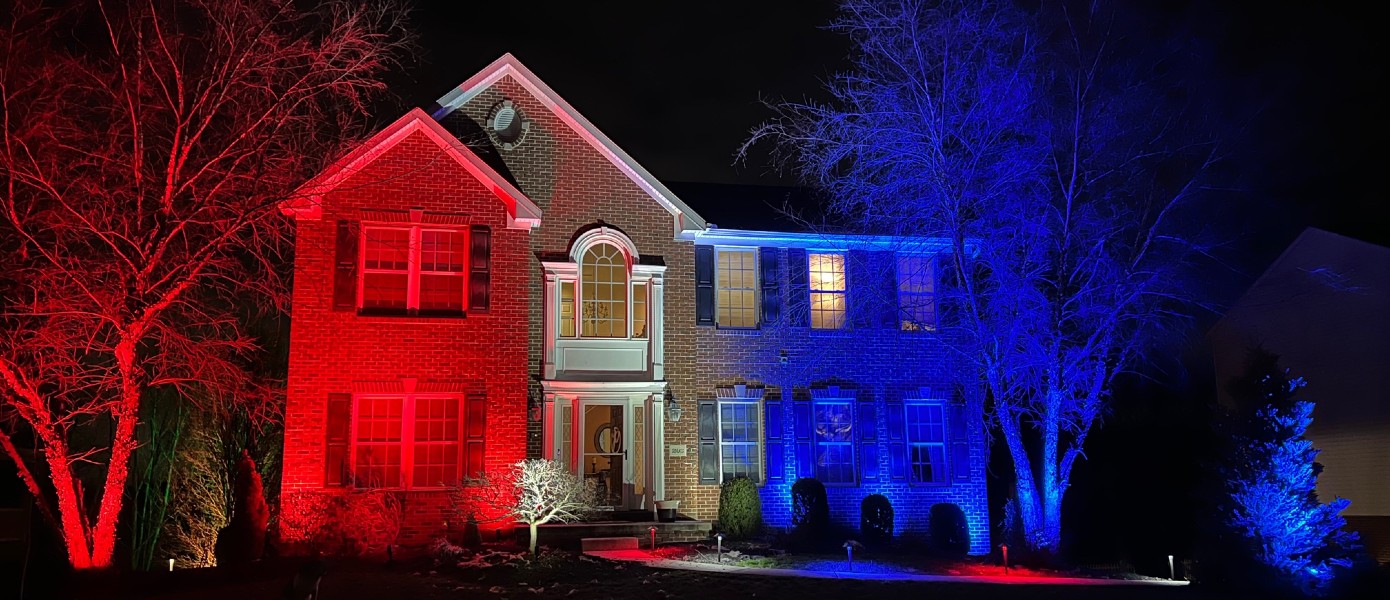
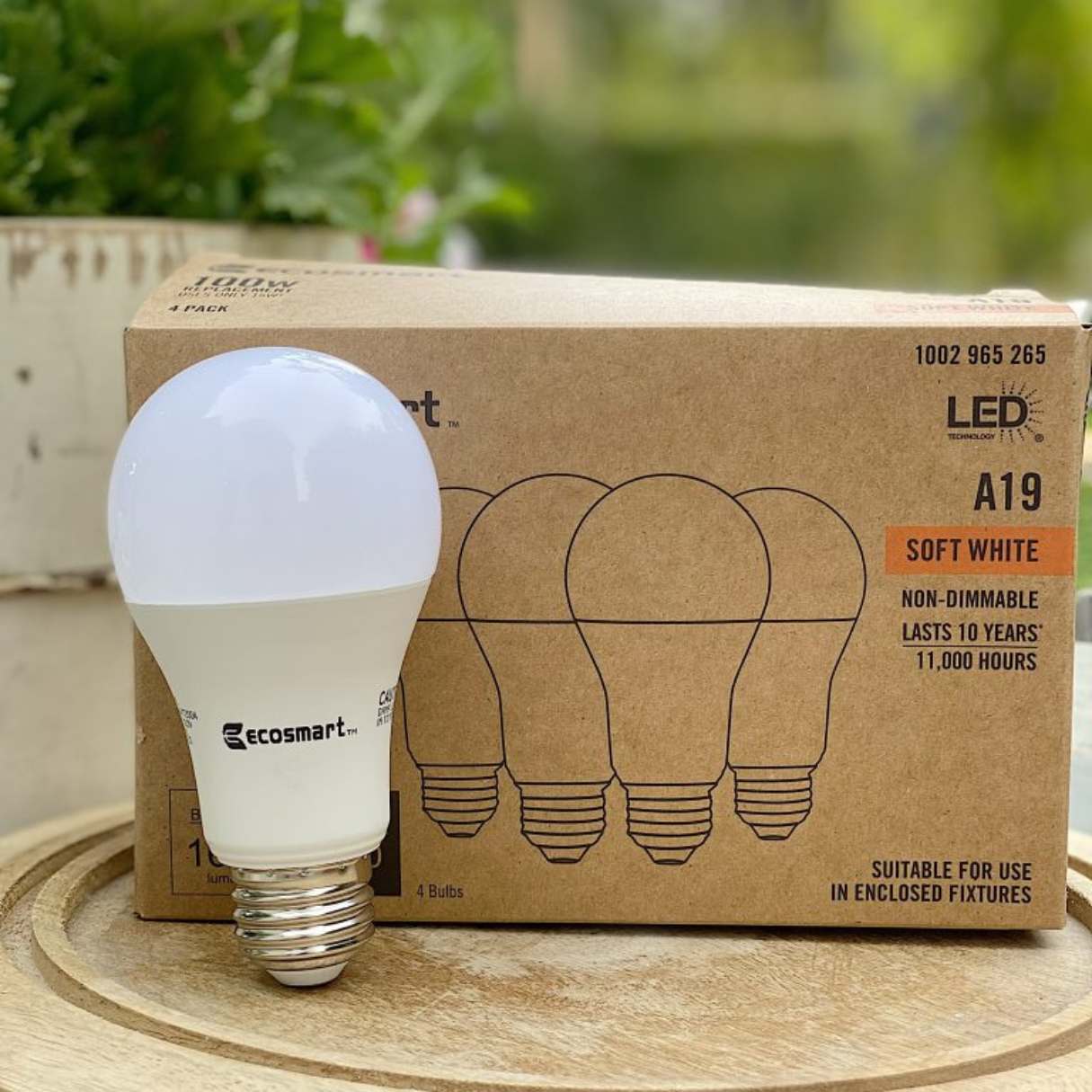

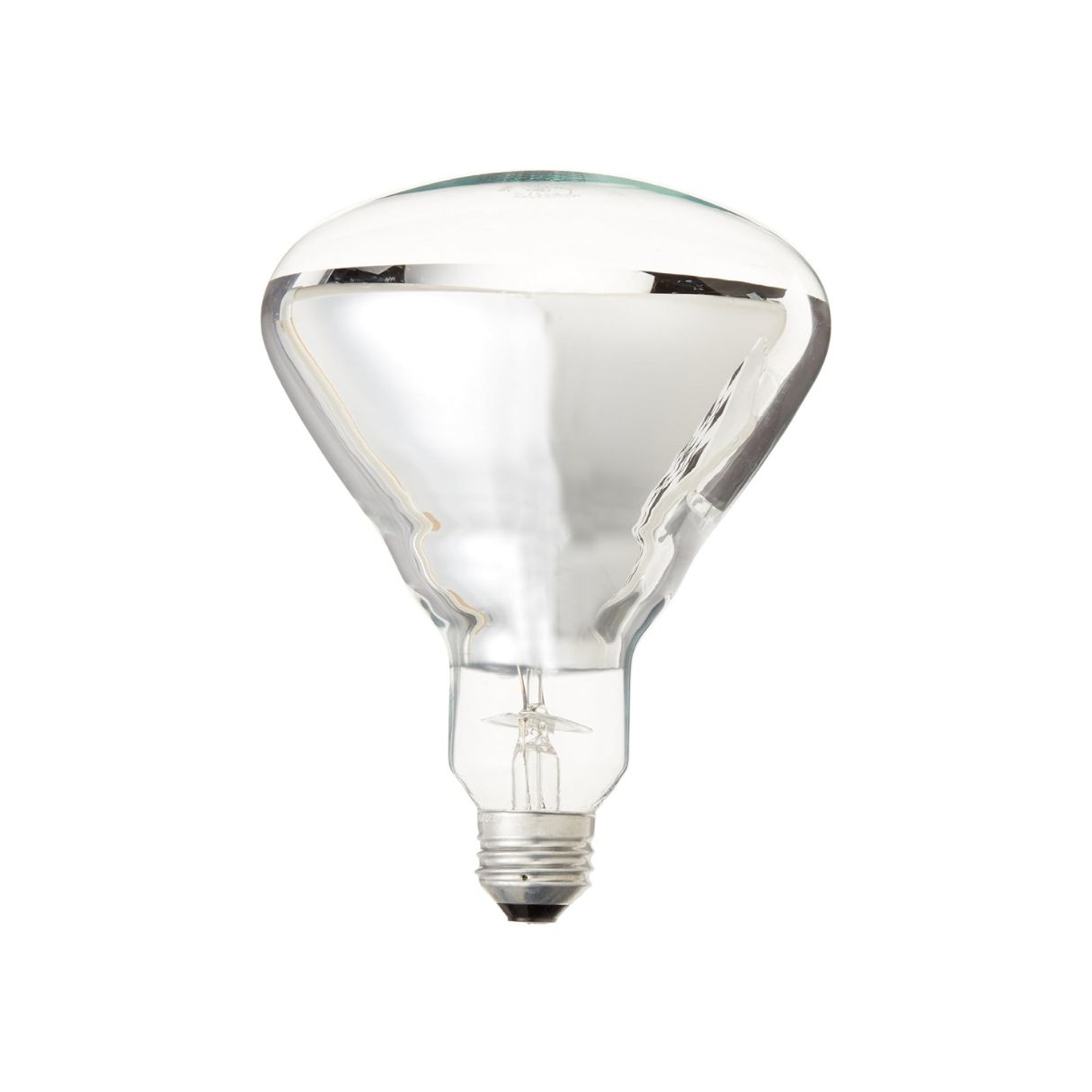
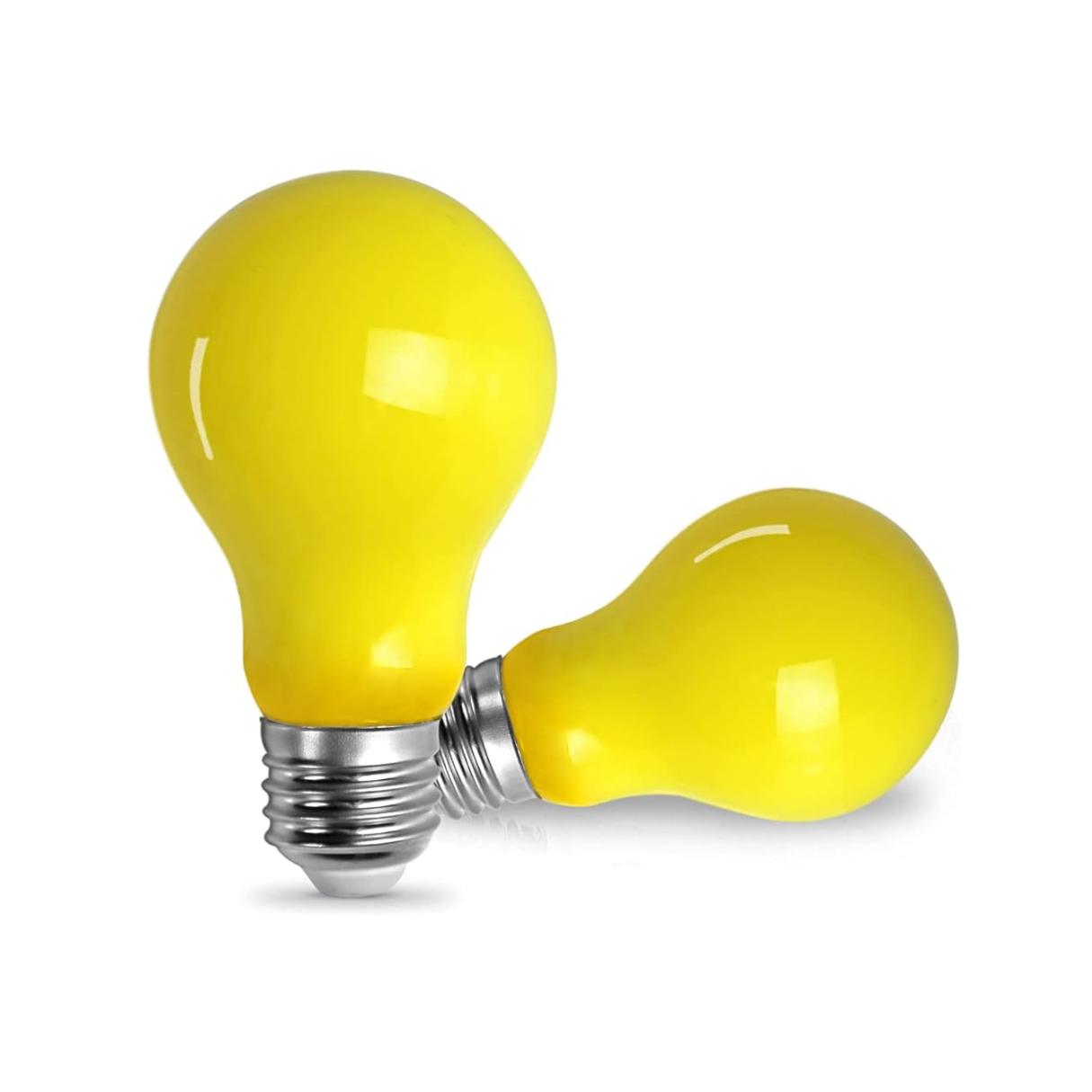
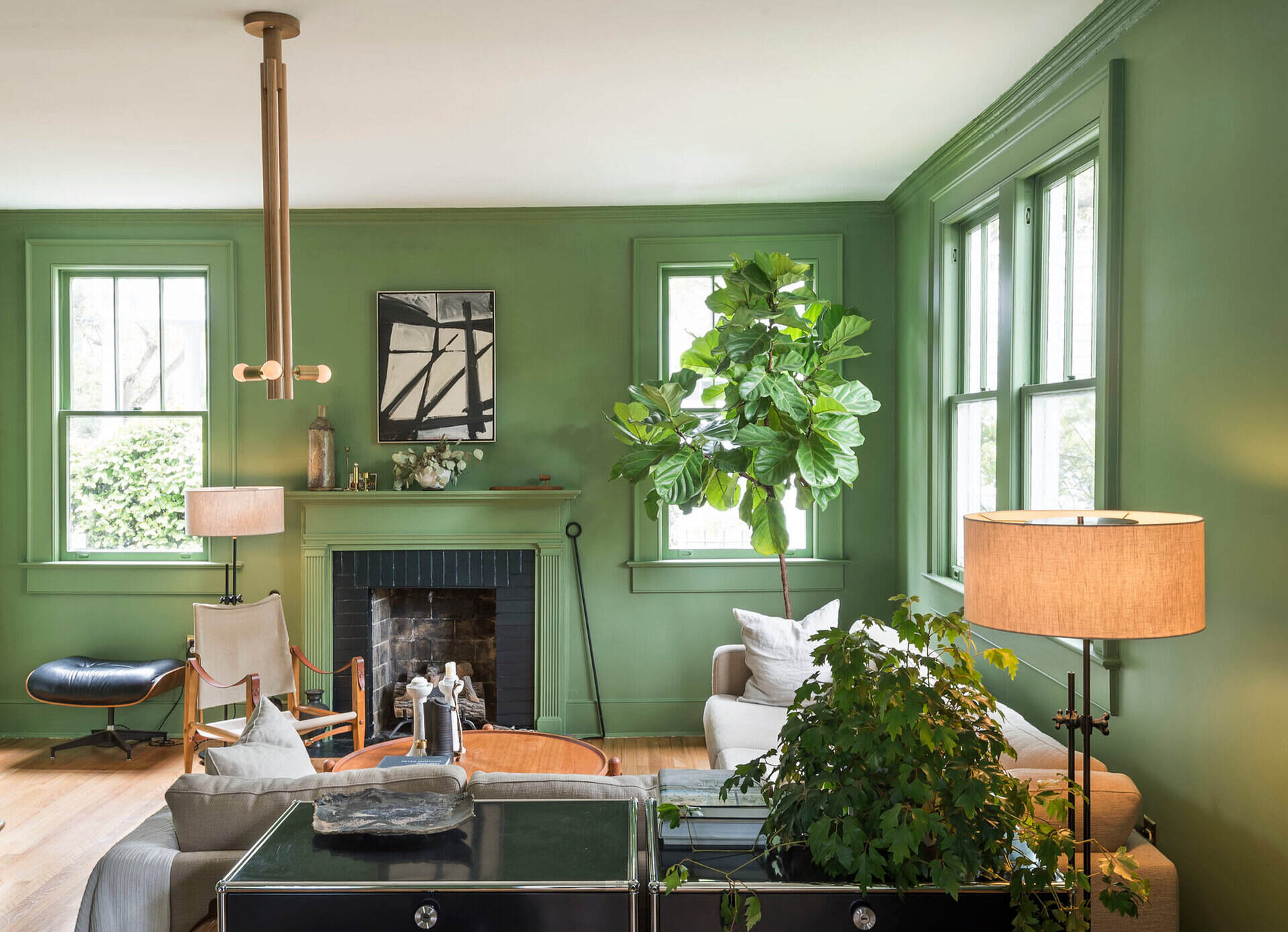
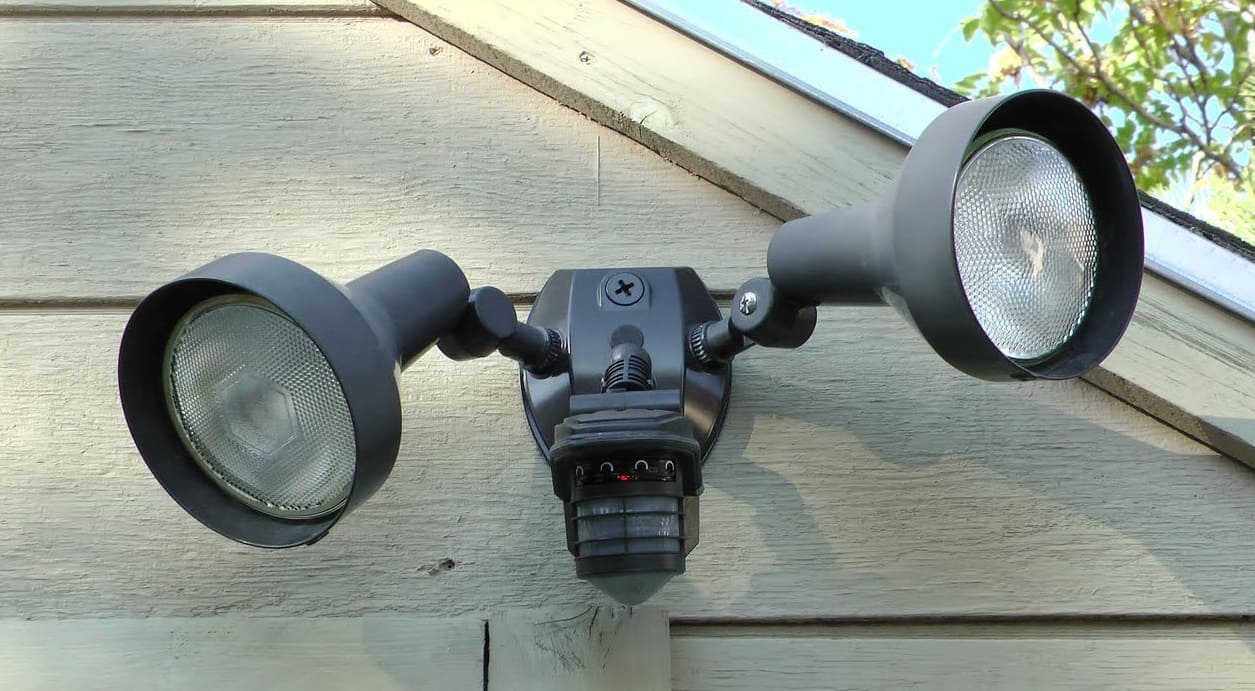
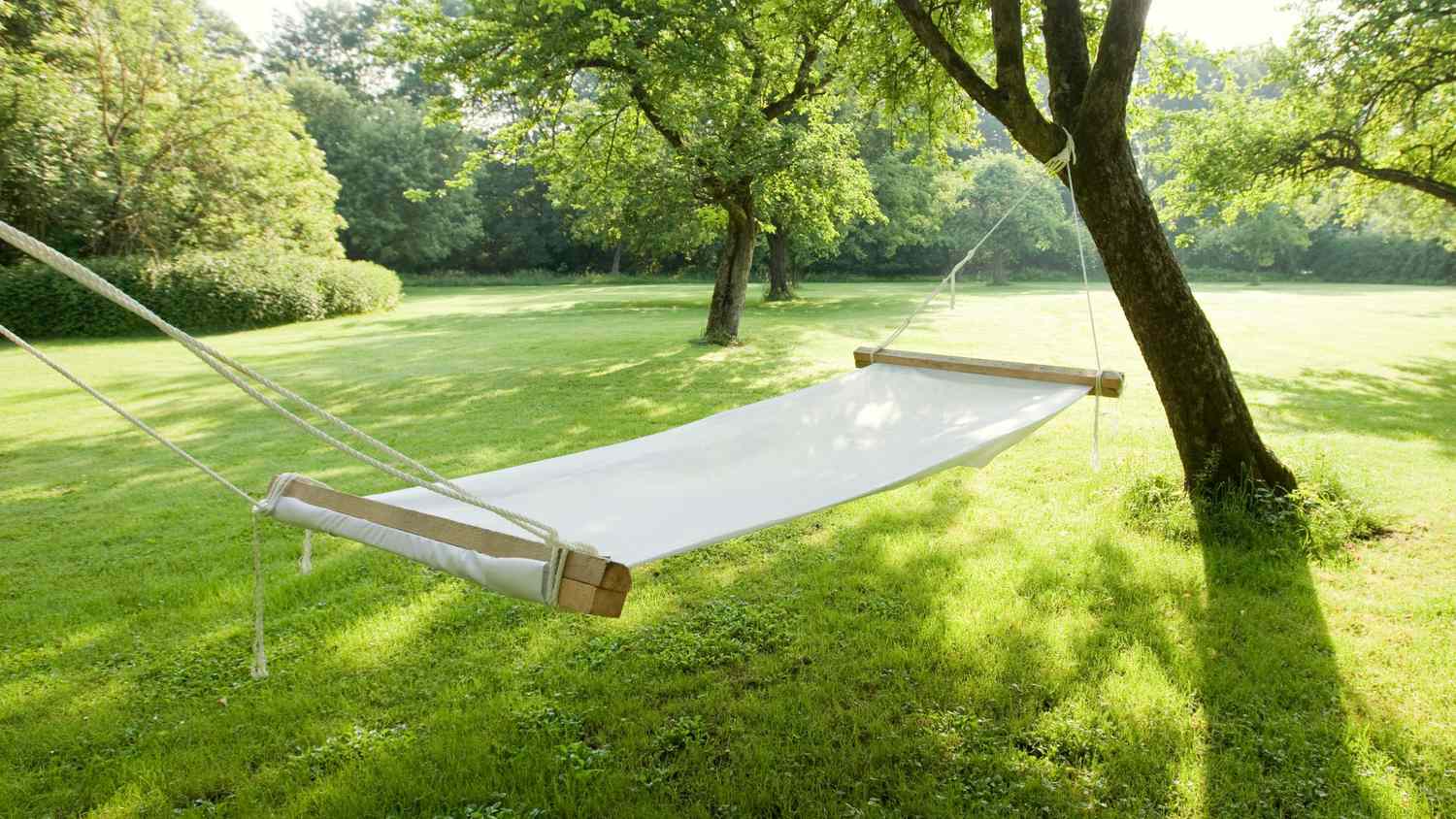
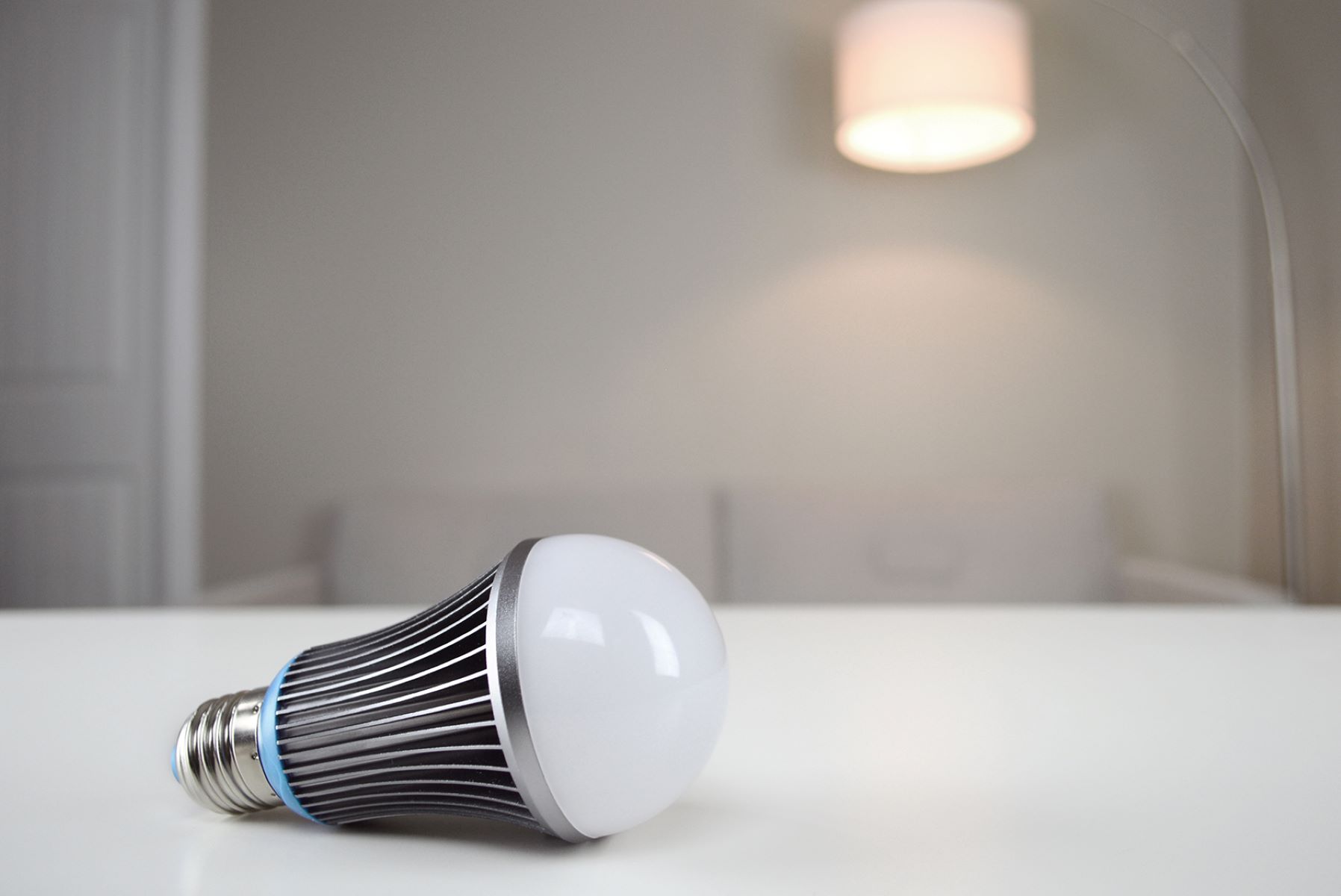

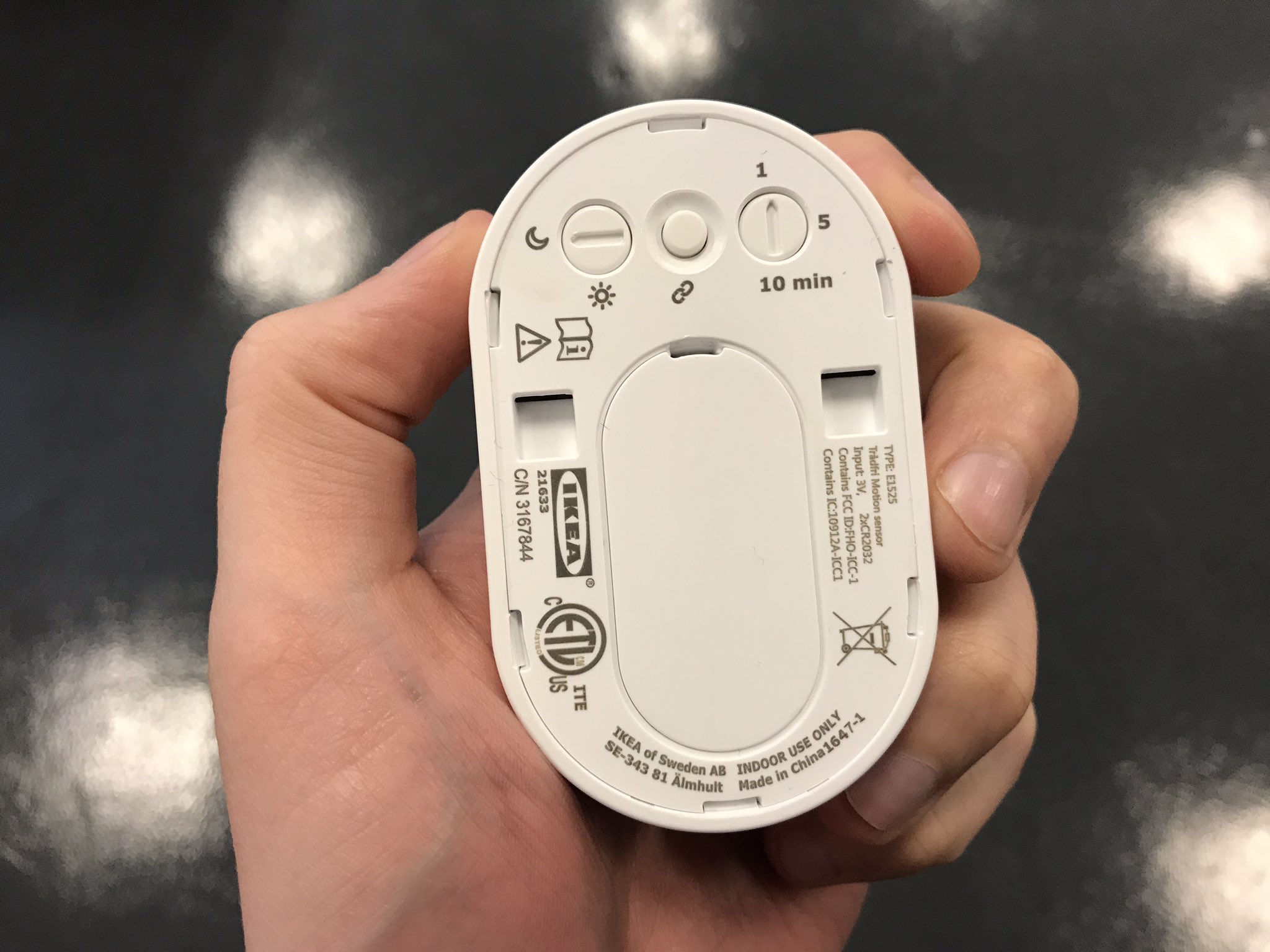

0 thoughts on “Smart Light Bulb Color Temperature and How to Adjust for Time of Day”